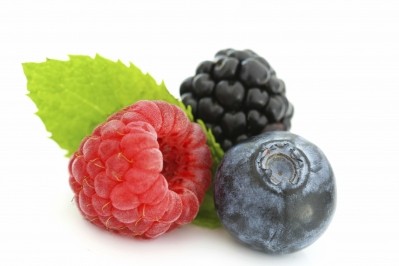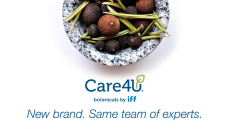Flavonols may slash stroke risk in women: Study
Despite reporting a potential risk reducing effect of compounds from tea, onions, apples, and broccoli the results should be “interpreted with caution”, report the Dutch researchers in the Journal of Nutrition.
“We showed for the first time, to our knowledge, that flavonol intake was inversely associated with stroke incidence,” wrote the researchers, led by Dr Peter Hollman, an associate professor of Nutrition and health in the Division of Human Nutrition of Wageningen University.
“We conclude that evidence is accumulating that flavonol intake is inversely related to different cardiovascular disease outcomes,” they added.
Strokes occur when blood clots or an artery bursts in the brain and interrupts the blood supply to a part of the brain. It is the leading cause of disability and the third leading cause of death in Europe and the US. According to the Stroke Alliance for E
The flavonols family tree
Flavonols make up a sub-group of flavonoids, which can be split into a number of sub-classes, including anthocyanins found in berries, flavonols from a variety of fruit and vegetables, flavones from parsley and thyme, for example, flavanones from citrus, isoflavones from soy, mono- and poly-meric flavonols like the catechins in tea, and proanthocyanidins from berries, wine and chocolate.
According to an editorial in the American Journal of Clinical Nutrition (July 2008, Vol. 88, pp. 12-13), Hollman, along with Johanna Geleijnse also from Wageningen University, stated that the contribution of flavonones to a person's antioxidant capacity was significant.
"More than 6000 different flavonoids in plants have been described, and their total intake could amount to 1 g/d, whereas combined intakes of beta-carotene, vitamin C, and vitamin E from food most often are less than 100 mg/d," they said in the AJCN.
Study details
Hollman and his co-workers conducted a meta-analysis of prospective cohort studies using data from individuals free of CVD or stroke at the start of their respective studies.
Data was available for 111,067 people and follow-up ranged from six to 28 years. Overall, 2,155 non-fatal and fatal strokes were documented, and the researchers noted that a high intake of flavonols, predominantly from tea in the Dutch population and from tea, onions, apples, and broccoli in US studies, was associated with a 20 per cent reduction in stroke risk.
The differences between flavonol intakes between the populations are important, said the researchers, since this has an effect on the levels of the compounds in the blood and tissue. “The bioavailability of flavonols in onions is much better than that of tea and apples,” said Hollman and his co-workers. “As a consequence, plasma and tissue concentrations of flavonols depend also on the type of dietary flavonol source.
“In the etiology of stroke, these plasma and tissue concentrations are relevant. Flavonol bioavailability determines the relation between flavonols consumed and plasma and tissue levels. Flavonol bioavailability of a food is dependent on the type of flavonol glycoside in that food,” they added.
Despite this association, the researchers noted that the results should be interpreted with caution since only a small number of studies were available for the meta-analysis, they detected some publication bias.
The area of flavonoids will be considered in more detail at the upcoming NutraIngredients Antioxidants 2010 Conference. For more information and to register, please click here. http://www.ni-antioxidants.com/page/home.html
Source: Journal of Nutrition
Published online ahead of print, doi: 10.3945/jn.109.116632
“Dietary Flavonol Intake May Lower Stroke Risk in Men and Women”
Authors: P.C. H. Hollman, A. Geelen, D. Kromhout












